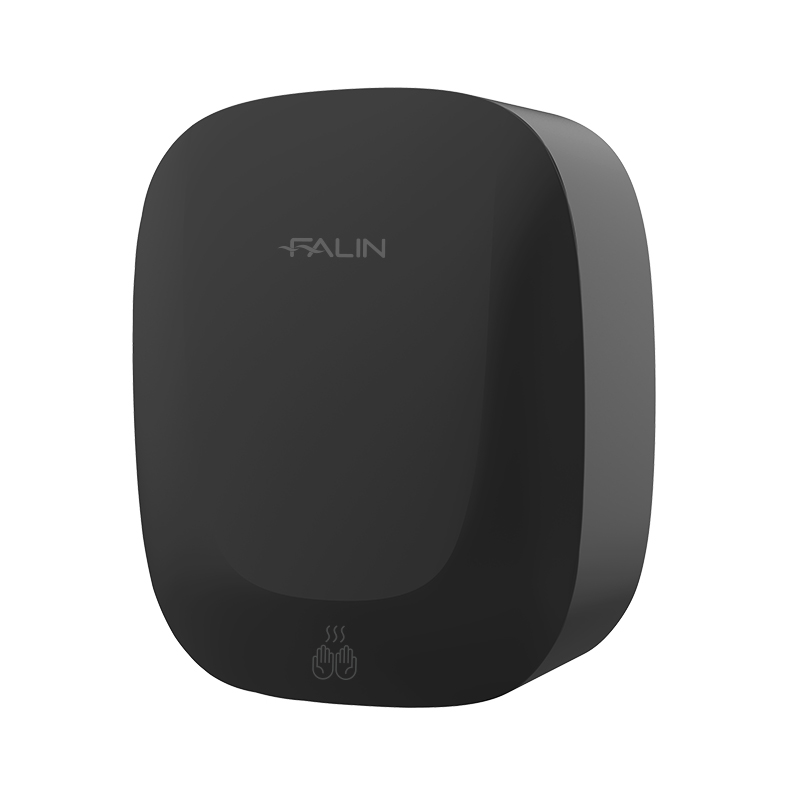
Household hand dryers have become increasingly popular as a convenient and hygienic way to dry hands after washing. Beyond their ease of use, these devices play an important role in reducing the spread of germs and bacteria within the home environment. Understanding how household hand dryers contribute to better hygiene can help users appreciate their benefits and make informed choices for their daily routines.
One key way household hand dryers help reduce germs and bacteria is by eliminating the need for shared towels. Traditional cloth or paper towels can harbor bacteria, especially when multiple family members use the same towel repeatedly. Damp towels create an ideal environment for bacteria to multiply, increasing the risk of cross-contamination. By using a household hand dryer, individuals avoid this issue since no physical contact with shared materials is necessary.
Household hand dryers use warm air or high-speed airflow to remove moisture from hands quickly. This drying process is important because bacteria and viruses are more likely to transfer and survive on wet surfaces. When hands are dried thoroughly, the chances of spreading germs decrease. In comparison, hands that remain damp after washing may still carry microorganisms, potentially contaminating objects or surfaces touched afterward.
Many modern household hand dryers incorporate HEPA filters or similar air purification technology. These filters capture airborne particles, including dust, bacteria, and viruses, before the air reaches the hands. By filtering the air used in drying, household hand dryers reduce the risk of blowing contaminated air onto clean hands. This feature enhances the overall hygiene performance and minimizes exposure to unwanted germs.
Touchless operation is another important factor in how household hand dryers reduce bacteria. Most devices activate automatically through sensors, meaning users do not need to touch any buttons or surfaces. This contactless design prevents the transfer of germs from hands to the dryer and vice versa. It also encourages consistent use, as the convenience of hands-free activation makes drying more accessible and appealing.
Using a household hand dryer also reduces waste compared to disposable paper towels, which can carry bacteria if not disposed of properly. Less waste means fewer opportunities for germs to spread in trash bins or recycling areas, contributing to a cleaner home environment. Additionally, the reduced handling of waste materials lowers the risk of contamination for individuals responsible for cleaning.
Regular maintenance of household hand dryers, such as cleaning filters and surfaces, helps maintain their effectiveness in reducing germs and bacteria. Proper upkeep ensures that air remains clean and the device operates smoothly. Families should follow manufacturer guidelines to keep their hand dryers in good condition, supporting consistent hygiene benefits.
Household hand dryers help reduce germs and bacteria by providing a touchless, efficient method for drying hands, avoiding the issues associated with shared towels and damp skin. Features like air filtration and sensor activation further enhance their ability to promote cleanliness. By incorporating household hand dryers into daily routines, families can support better hygiene practices and contribute to a healthier living environment. Understanding these benefits highlights the value of household hand dryers as practical tools for reducing the spread of germs in homes.


 English
English 中文简体
中文简体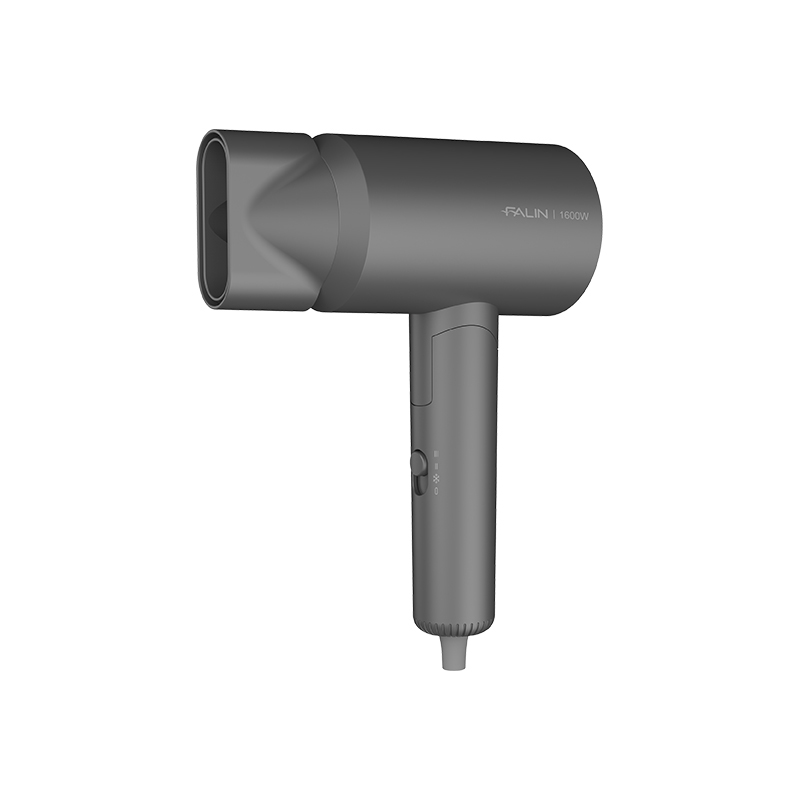
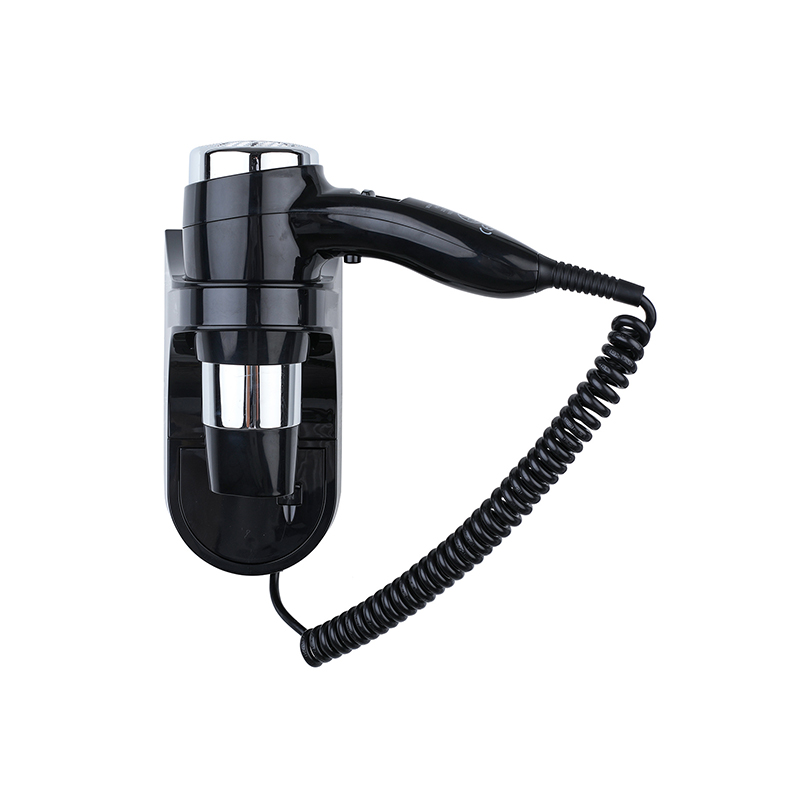
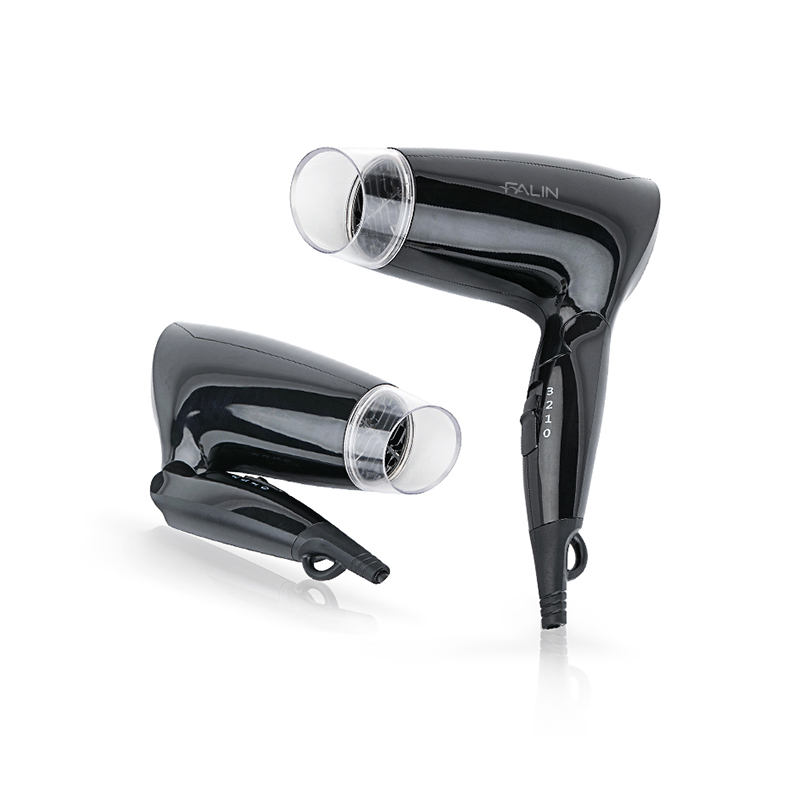
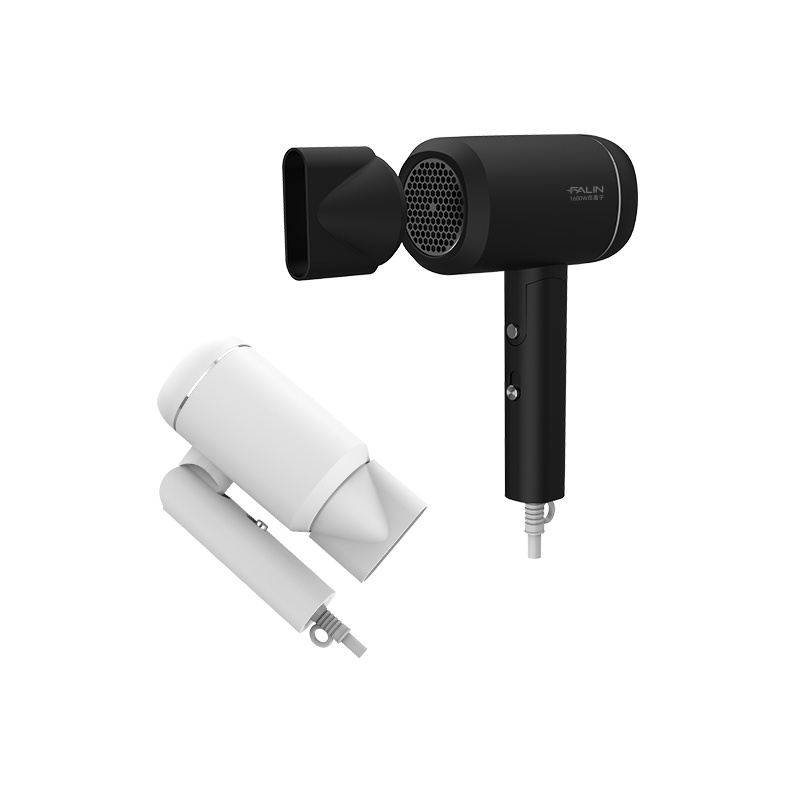


 Building 19, Block 9, Bihu Wangyang Town, Liandu District, Lishui City, Zhejiang Province, China
Building 19, Block 9, Bihu Wangyang Town, Liandu District, Lishui City, Zhejiang Province, China 